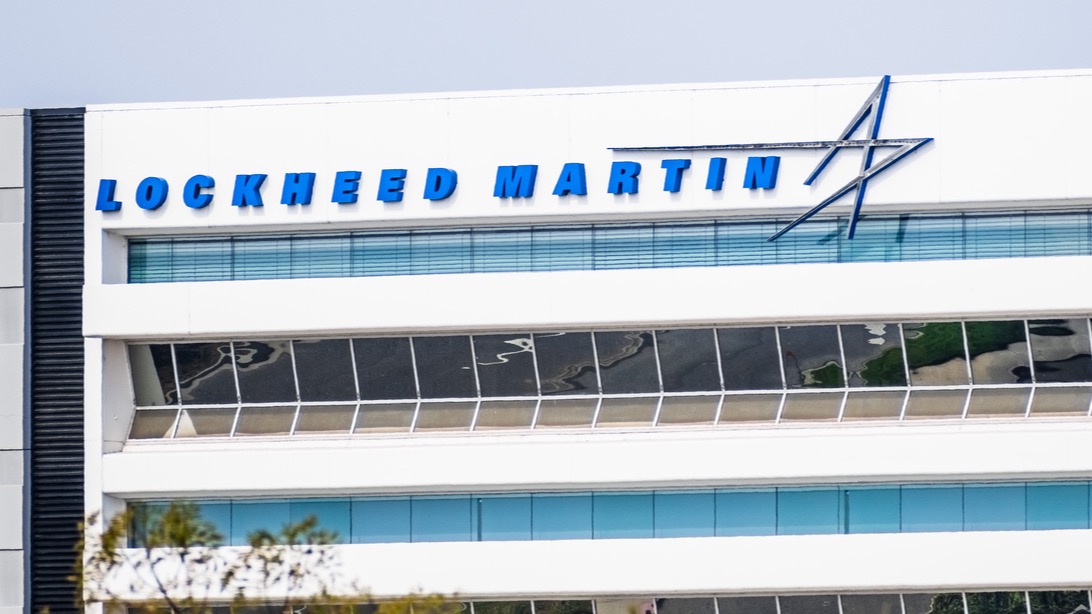
Key Points
- In the age of data and AI, CIOs are quickly becoming trusted allies to fellow business leaders and the CEO.
- Accordng to Forbes Research, 82% are working with partners across the business to advocate for innovation and align technology outcomes to enterprise goals.
- But as CIOs lead the charge on AI and orchestration, they face hurdles like scaling up innovation, cybersecurity and risk management, and data accuracy and transparent governance.
Chief Information Officers are finally getting their moment in the spotlight.
No longer viewed as simply IT baby-sitters, CIOs are becoming key leaders in efforts to refocus operations around data and AI. A vast majority (82%) are working with partners across the business to advocate for innovation and align technology outcomes to enterprise goals, according to Forbes Research.
Meanwhile, more CIOs are reporting directly to their CEOs, indicating the prominence of the role in today’s enterprise. As a result, organizations are increasingly tapping technology leaders for key business-forward positions. In fact, Puma just appointed former Adidas CIO Andreas Hubert as its Chief Operating Officer.
- “With his extensive background in IT, sourcing, and supply chain management, he brings the perfect combination of strategic insight and operational excellence. His deep industry experience and expertise will be instrumental in optimizing PUMA’s global operations, driving digital transformation, and strengthening the resilience of our supply chain as we enter our next phase of growth,” CEO Arthur Hoeld said in a release.
The CIO's growing prominence is further evidence that IT is no longer thought of as just a cost center or help desk. Instead, CIOs and their teams are increasingly responsible for aligning powerful AI and other data-driven technologies to the needs of end users across the business to deliver results for the enterprise.

“This is about how you orchestrate the company’s business transformation, and how you embed AI into operations, how you establish governance, how you upskill people and teams, drive a cultural shift, and take the whole organization on that journey to get to a place where you can measure the impact at scale.”
For many, the role is becoming indispensable in the quest to drive investment return from AI. Among the most highly-mature AI organizations, 90% have a dedicated leader like a CIO leading their adoption efforts, according to Gartner.
- And it’s more than just technology deployment: “This is about how you orchestrate the company’s business transformation, and how you embed AI into operations, how you establish governance, how you upskill people and teams, drive a cultural shift, and take the whole organization on that journey to get to a place where you can measure the impact at scale,” Matthew Candy, global managing partner for generative AI at IBM Consulting, told CIO.com.
With a mandate to deliver efficiency and productivity gains, CIOs are looking to orchestration. Based on the Forbes Research survey, 52% want to fully-transition to automated workflow.
- Challenges ahead: According to Forbes Research, the biggest hurdles CIOs face in the next year include: Scaling up innovation (61%), cybersecurity and risk management (52%) and data accuracy and transparent governance (50%).
.svg)





